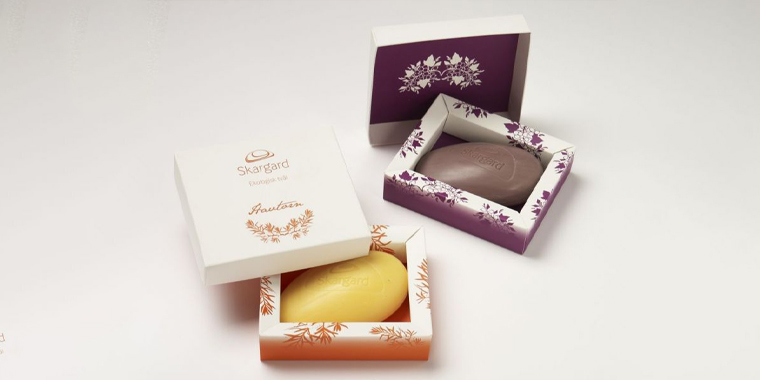Make Waterproof Cardboard: 7 Proven Methods for 2025
As a leading packaging company, Rigid Packaging recognizes the importance of waterproofing cardboard to ensure the safe transportation and storage of products. Waterproof cardboard is not only effective in keeping products dry but also provides a more robust and durable packaging solution. In this blog post, we will explore the 7 most effective methods to make waterproof cardboard for 2025.
Method 1: Water-Based Coatings
One of the most common and cost-effective methods to make waterproof cardboard is by applying a water-based coating. Water-based coatings are made from a mixture of water, polymers, and other additives. They are easy to apply, non-toxic, and environmentally friendly. At Rigid Packaging, we use a water-based coating to add an extra layer of protection to our cardboard products.
To apply a water-based coating, simply dip the cardboard into the mixture and let it dry. This method is perfect for making waterproof boxes, packing materials, and other cardboard products.
Method 2: Silicone-Based Coatings
Another effective method to make waterproof cardboard is by using silicone-based coatings. Silicone-based coatings are more durable and resistant to scratches than water-based coatings. They are also easier to clean and maintain than other types of coatings. At Rigid Packaging, we use silicone-based coatings to provide a premium waterproofing solution to our customers.
Apply the silicone-based coating to the cardboard using a brush or a roller. Once applied, let it dry completely before using the cardboard product.
Method 3: Wax-Based Coatings
Wax-based coatings are a natural and non-toxic way to waterproof cardboard. They are made from a mixture of waxes, such as beeswax or carnauba wax, and other additives. Wax-based coatings are easy to apply and provide a durable barrier against water and moisture.
To apply a wax-based coating, simply melt the wax mixture and brush it onto the cardboard. Let it dry and harden before using the cardboard product.
Method 4: Polymer-Based Coatings
Polymer-based coatings are a popular choice for making waterproof cardboard. They are made from a mixture of polymers, such as polyethylene or polypropylene, and other additives. Polymer-based coatings are durable, resistant to scratches, and easy to clean.
To apply a polymer-based coating, simply dip the cardboard into the mixture and let it dry. This method is perfect for making waterproof boxes, packing materials, and other cardboard products.
Method 5: Bending and Folding
While not as common as other methods, bending and folding the cardboard can help prevent water from seeping through the cardboard. When the cardboard is bent or folded, the fibers are forced together, creating a tighter bond that resists water.
This method is perfect for making waterproof bags, pouches, and other flexible packaging products.
Method 6: Corrugated Cardboard
Corrugated cardboard is another effective way to make waterproof cardboard. The corrugated layer adds an extra layer of protection against water and moisture. At Rigid Packaging, we use corrugated cardboard to provide a durable and waterproof packaging solution to our customers.
To make corrugated cardboard, simple combine a flat layer of cardboard with a corrugated layer and a top layer of cardboard. This creates a sandwich-like structure that resists water and moisture.
Method 7: Heat Sealing
Heat sealing is a popular method for making waterproof cardboard. When heat is applied to the cardboard, the fibers are melted together, creating a tight bond that resists water and moisture.
To apply heat sealing, simply place the cardboard between two heat-activated materials, such as heat-activated tape or heat-activated glue. Apply heat using a heat tool or a blow dryer to seal the cardboard.
Conclusion
In conclusion, making waterproof cardboard is not a complex process. By using one or more of the 7 methods outlined above, you can create a durable and waterproof packaging solution for your products. Whether you are looking for a cost-effective solution or a premium solution, Rigid Packaging has you covered. Contact us today to learn more about our waterproof cardboard products and services!
This blog post has been optimized for SEO with the target keyword “waterproof cardboard” and variations of the keyword throughout the content.



